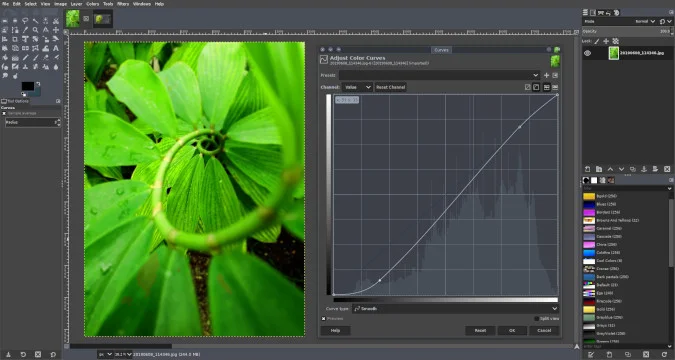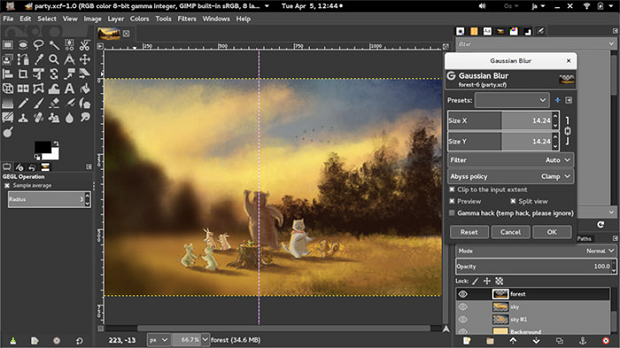


As for its capabilities, Paint.NET takes care of all the basics and then some: it features layer support, and a small but useful list of effects, while plug-ins developed by the community extend its capabilities even further (adding support for extra file types, for example).
Best free alternative to photoshop 2016 full#
You have full control over the translucent interface, so you can drag around windows and dialogs to suit your own preferences. It’s less powerful but easier to use than GIMP, and comes with a more familiar interface. Paint.NET was originally conceived as a more feature-rich version of the default Paint tool that shipped with the operating system, but has evolved over time to become a favorite of Windows users for several years now. Not just one of the best online image editors, but one of the best Web-based applications period.

Text overlays and layers are supported, and if you open up the Filter menu you’ll find all kinds of weird and wonderful effects to play around with.įrom the advanced color picker to the plethora of image adjustment options, there’s a lot to like about Pixlr, and the fact that you can tweak many of the tool options adds to the appeal for advanced users. With the likes of Dodge, Burn, Blur, and Clone stamp available, as well as numerous selection tools, the toolbox is very Photoshop-esque. It looks and feels a lot like Photoshop, but it’s free and runs online from anywhere-you can load in an image from your computer, or point it directly to a URL elsewhere on the Web.
Best free alternative to photoshop 2016 software#
If you find desktop software all a little bit 2010, then Pixlr is here to meet your browser-based editing needs. From the wide selection of brushes available to the tweaks you can apply to the filters, there’s enough functionality here to take on almost any image editing task. GIMP’s development history stretches back nearly 20 years, and the more time you spend with the program the more it shows. Versions are available for Windows, OS X and Linux, and you’ll find a ton of tutorials and resources on the Web to help you dig deeper into the software.

Many of the higher-level tasks people look to Photoshop for-advanced image filtering, stitching multiple pictures together, and so on-can be achieved with aplomb in GIMP. Fortunately, it doesn’t take long to get to a grip on GIMP, and you’ll be glad you invested the time and effort. It’s not quite as feature-rich as Adobe’s powerhouse, but it comes with an impressive stack of tools that can be bewildering for first timers. GIMP (Gnu Image Manipulation Program) is usually the default go-to alternative for anyone looking for Photoshop-level capabilities in a freeware desktop program. Nothing at all, in fact! Give it a test run and see if it’s capable enough to meet your image editing needs before committing to a monthly fee. You’re not going to get the same pixel-by-pixel control as you do in the full Creative Cloud package but then this does cost an awful lot less. It’s simple and fun to use, and changes can be undone in a click or two. A small but handy set of effects can be applied, including Crystallize, Pixelate, Sketch, Distort and Pop Color. Photoshop staples such as Dodge, Burn, and Highlight are here, though you don’t get the same level of control as you do in the desktop version (there are only three brush sizes to choose from, for instance).


 0 kommentar(er)
0 kommentar(er)
